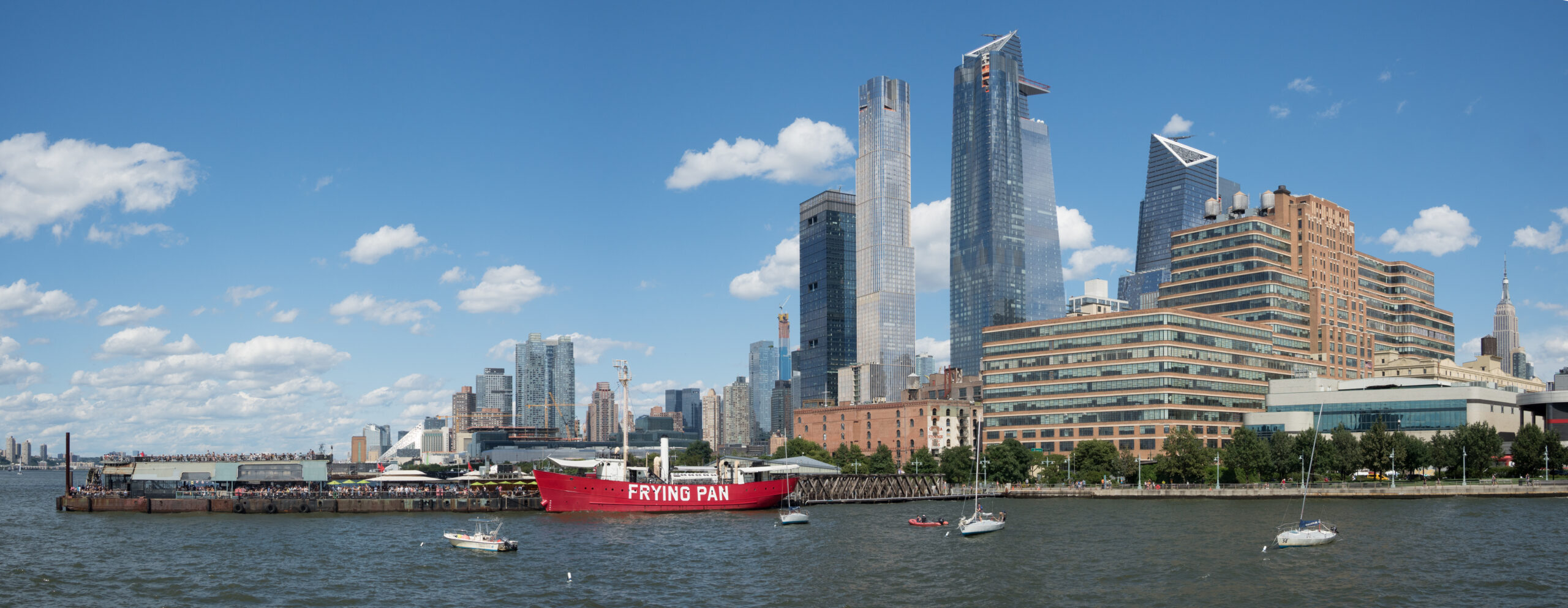The Hudson River School was not an actual school in the classical sense, but rather a loose affiliation of landscape painters who shared a common style and artistic vision. The term “Hudson River School” was coined in the 1870s to describe this group of artists, but it was not a formal institution with a central location or building where artists studied or worked together.
What was the Hudson River School?

Historically, the Hudson River School emerged in the mid-19th century, primarily in New York City, with artists such as Thomas Cole, Asher B. Durand, and Frederic Edwin Church. These artists were influenced by Romanticism and sought to depict the American landscape in a way that emphasized its natural beauty and spirituality.
How did the Hudson River School Artists Work Together?

The relationships among the artists were primarily professional and social, with many belonging to the same clubs, such as the Century Club, and working at the same address, the Studio Building on West Tenth Street. They also formed networks with writers and philosophers to create a distinct American culture.
While there was no central location or building dedicated to the Hudson River School, the artists did gather and work together in various settings. For example, Thomas Cole maintained a studio at Cedar Grove in the town of Catskill, where he painted many of his Hudson River School works of art. Additionally, the artists often traveled together to sketch and paint in the Hudson River Valley and other regions of America.
What were the Characteristics of the Hudson River School?
The Hudson River School artists shared a common style and artistic vision, which was characterized by the following:
-
Romantic Landscapes: The artists of the Hudson River School were heavily influenced by the Romantic movement, which emphasized the beauty and spirituality of nature. Their paintings often depicted grand, sweeping landscapes with dramatic skies, towering mountains, and lush forests.
-
Attention to Detail: The Hudson River School artists were known for their meticulous attention to detail, capturing the intricate textures and colors of the natural world with great precision.
-
Idealized Landscapes: While the artists sought to depict the American landscape, they often idealized and romanticized their subjects, creating scenes that were more beautiful and awe-inspiring than the actual landscapes.
-
Spiritual Themes: Many of the Hudson River School paintings incorporated spiritual themes, with the natural world serving as a conduit for divine inspiration and contemplation.
-
Patriotic Themes: The artists of the Hudson River School were also deeply patriotic, and their paintings often celebrated the grandeur and majesty of the American landscape as a symbol of national identity.
How did the Hudson River School Influence American Art?
The Hudson River School had a significant impact on the development of American art and culture. By creating a distinct American style of landscape painting, the artists of the Hudson River School helped to establish a national artistic identity and paved the way for future generations of American artists.
The Hudson River School’s influence can be seen in the work of later landscape painters, such as Albert Bierstadt and Thomas Moran, who continued to depict the American landscape in a similar style. The school’s emphasis on the spiritual and patriotic aspects of nature also influenced the work of writers and philosophers, who sought to capture the essence of the American experience.
Conclusion
In summary, the Hudson River School was not a formal institution, but rather a group of artists united by their shared artistic vision and style. While they did not have a central location or building, the artists worked together, socialized, and formed networks that helped to shape the development of American art and culture. The Hudson River School’s legacy continues to be felt in the work of contemporary landscape painters and in the enduring appreciation for the natural beauty of the American landscape.
